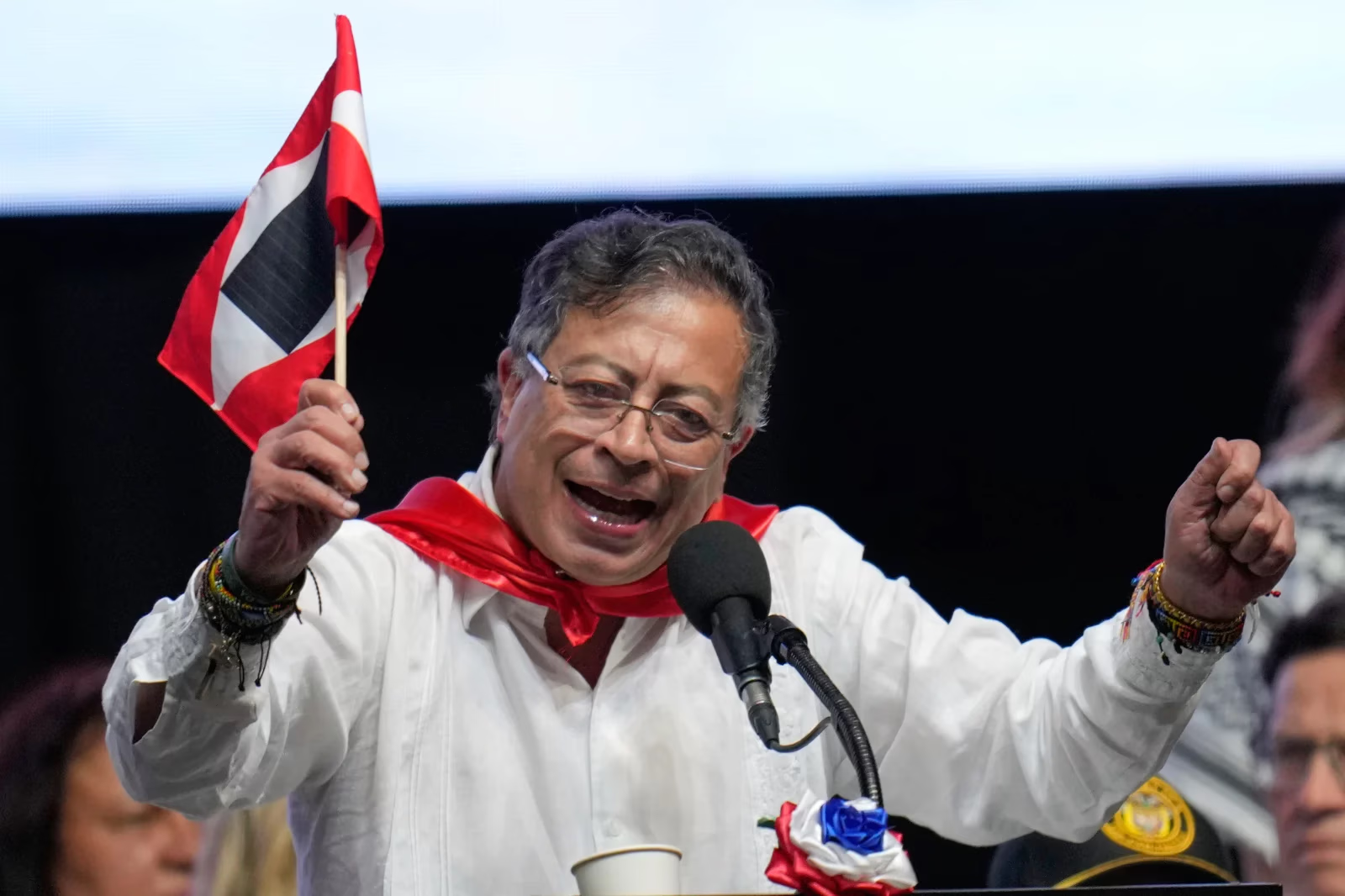The Pentagon has carried out new strikes against boats involved in drug trafficking in the eastern Pacific Ocean. According to Defense Secretary Pete Hegseth, 14 people were killed and one survived. The attacks are part of the Trump administration’s widening campaign, which has now expanded beyond the Caribbean basin.
Including the latest strikes, at least 13 vessels have been hit so far, and the confirmed death toll since the campaign began in early September has reached 51, according to official figures.
Hegseth did not specify the exact location, saying only that the attacks took place in the eastern Pacific, in international waters. The administration had just begun extending operations to the western side of the Americas after initially focusing on vessels off the coast of Venezuela.
According to Hegseth, four boats were struck on Sunday in three separate attacks. In a social media post, he described the vessels as “known to our intelligence, following established drug-trafficking routes and carrying narcotics.” He also confirmed that one survivor had been found.
Perhaps to avoid the legally complicated questions that would arise from detaining the survivor, Hegseth said the United States had enlisted Mexico to conduct the search-and-rescue operation—and that Mexico had agreed to take on that responsibility.
The minister tried to justify the strikes, drawing parallels with operations against al-Qaeda in the global war on terror: “For more than two decades the department has defended foreign homelands. Now we defend our own. These narco-terrorists have killed more Americans than al-Qaeda, and they will be treated the same. We will track them, pool intelligence on them, and then we will hunt and kill them,” he said.
However, the legal basis for such strikes is widely disputed among experts. In operations against al-Qaeda, Congress authorised the use of force; in the case of attacks on cartel members, the administration relies on the president’s Article II authority to protect the United States from an “imminent threat.”

U.S. Expands Anti-Drug Campaign in Latin America
Trump Accuses Colombia’s President of Cartel Ties and Increases Military Presence off the Region’s Coast

U.S. Declares a “War on Narco-Terrorists” and Prepares Covert Operations Against Venezuela
Trump Pivots Foreign Policy Toward Latin America, Blending Threats, Sanctions, and Promises to Allies
Against the backdrop of these strikes, the Pentagon reportedly dispatched its flagship aircraft carrier and its accompanying strike group to the Caribbean — a move seen as a significant escalation. The USS Gerald R. Ford, accompanied by dozens of fighters and destroyers, is expected to arrive off the coast of Venezuela by the end of the week, greatly expanding the US capacity to strike land targets and enemy air-defence systems.
The carrier’s complement of numerous F/A-18 Super Hornets increases offensive reach and offers the ability to neutralise Venezuela’s air-defence networks, after which, current and former officials say, US special operations forces or armed drones could strike ground targets.
On October 23, Donald Trump told reporters at the White House that the next phase of the campaign would target land-based sites: “Next will be the land,” he said. “Overland drug routes are much more dangerous for them. This will be much more dangerous. You’ll see it soon.”
Trump did not specify which targets or which countries would be struck, but he instructed Hegseth, who sat beside him at the briefing on curbing the flow of illegal drugs into the United States, to notify Congress of the administration’s plans.
Asked whether he intended to declare war on the cartels, the president indicated he planned to continue with targeted strikes: “I think we’re just going to be killing the people who bring the drugs into our country, okay?” he said. “We’re going to kill them, you know, they’ll be, like, dead.”
